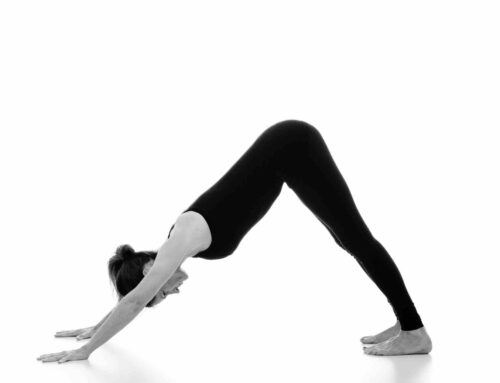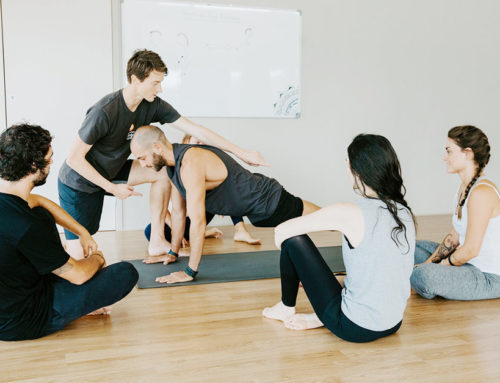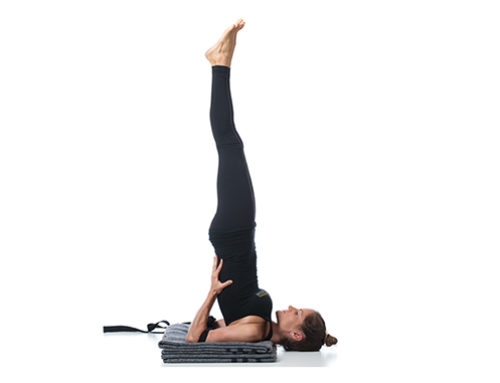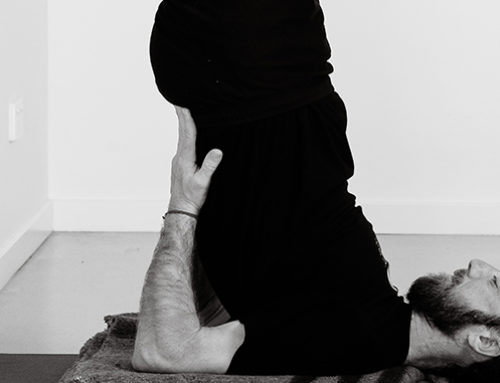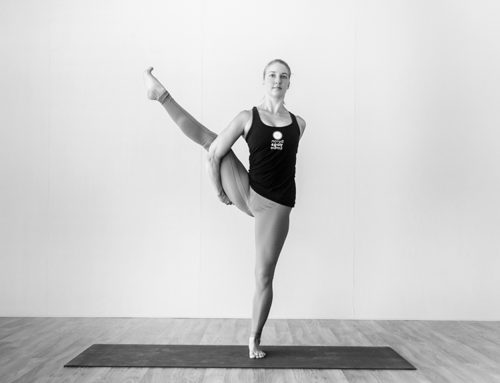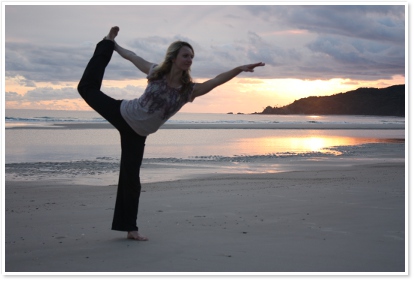
Click Here for Maitri Yoga facebook
We’ve discussed the component parts to Surya Namaskar (Salute to the Sun) in past newsletters, but we’d like to delve a little deeper into the origins of this beautiful sequence of asanas.
Namaskar stems from the Sanskrit word namas, meaning ‘to bow to’ or ‘to adore’ and Surya means sun.
As the name suggests, it is the sun that is being worshipped, thanked, revered, respected and welcomed, for it is a yogic belief that the sun holds the key to life.
Ancient yogis taught that the sun in the sky is merely a representation of our own “inner sun”. This is what leads to our spiritual heart, where all jnana (higher wisdom) comes from, which means that it’s just as much “a humble adoration of the light and insight of the self” (Rosen) as the praising of the actual sun.
Apart from giving life and wisdom, another reason why the sun is so revered is that the Vedic Seers realized that of all the five gross body elements, fire reigns supreme as the only one that cannot be polluted.
Set rites and rituals like where and when it’s performed, standing on the earth and offering water, were the means to communication with the divine powers between the Jiva (individual soul) and Paramatma (Universal Soul).
The practice is traditionally performed facing East and timed for the rising of the sun because this is the best way to gain strength from the sun Deity to live life to its full potential.
The set asana sequence is a relatively new edition to the full sun salute and originally it was more meditative, and included setting a Sankalpa (resolution), and chanting mantras as well as some mudras, asanas and pranayama, which may be to praise the sun or welcome the sun into the heart and body to cleanse the spirit and physical being.
There are many names for the sun Deity, which have different qualities. The most common 12 are listed below, and one, some or all may be used within a mantra, depending on which qualities the yogi wishes to evoke.
- Mitra – Friend of All
- Ravi – One Who is Praised by All
- Surya – Guide of All
- Bhanu – Bestower of Beauty
- Khaga – Stimulator of the Senses
- Pushn – Nourisher of Life
- Hiranyagarbha – Promoter of Virility
- Maricha – Destroyer of Disease
- Aditya – Inspiritor of Love
- Savitr – Begetter of Life
- Arka – Inspiritor of Awe
- Bhaskara – Effulgent One
The original practice involving the collection of rituals is known as the Surya Narayana Pujas, which led, either 2,500 years ago or during the 20th Century – there are disputes about this – to the introduction of the Hatha yoga Surya Namaskar, which translates to ‘the offering of respectful salutations to the Sun God’. Within this version there may be a sole focus on breathing, or there may be the continual chanting with parts of the mantra obtaining to each asana; a fairly difficult thing to master – especially when chanting on an out breath!
Another alteration that you may want to make is to the traditional number of 108 rounds. The Byron Yoga Centre team did that a little while ago for a charity event amongst hundreds of other yogis and it took a good couple of hours.
The asana sun salute sequence is not just about praising the sun, there are a number of health benefits that were realized very early on, and it’s been touted as “one of the best exercises that people can perform”
The cardiovascular and respiratory systems are the most obvious at work because you can feel your heart beat faster and you work with your breath. The benefits to the skeletal, sensory, digestive, nervous and endocrine systems are a little more subtle, yet just as important.
Examples are that the endocrine system is stimulated and the body absorbs Vitamin D by practicing in the early morning sun, and the various asanas have specific aid to digestion through organ stimulation, mental alertness through brain oxygenation and calcium production through skeletal pressure.

While it’s good to have a rounded yoga practice every day with your sun salute as part of the warm up, the realities of modern living may mean this is hard, so on a day when time is tight, instead of foregoing practice, try a couple of introductory asanas and follow that with 10 – 15 minutes of Surya Namaskar and a short Savasana.
If you’re new to flowing movements with breath then the most important things are to take things at your own pace, keep breathing, smile and enjoy the revitalizing sequence that is Surya Namaskar.
How do you practice your sun salute? Do you change it around or find solace in keeping it the same every time? Do you set yourself a resolution before you begin? We’d like to hear your thoughts, so please share them with us through our Facebook page.
Sources:
Surya Namaskar: An Expression of our Gratitude to Life, Dr. Swami Gitananda Giri (2011)
Surya Namaskar, Dr. R Swami Narayanaswami (2009)
Here Comes the Sun, Richard Rosen

